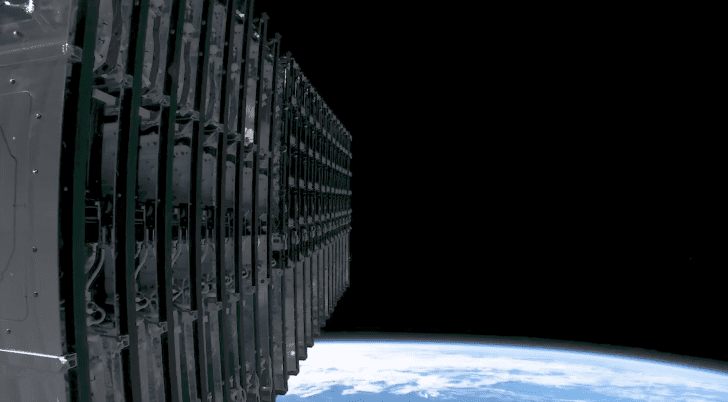
Please note that this content does not constitute investment advice. The author does not hold any shares in the stocks mentioned. For more information, refer to Wccftech.com’s disclosure and ethics policy.
SpaceX has released a new video showcasing the Falcon 9 rocket successfully deploying 21 Starlink satellites into orbit. So far in February, the company has executed seven missions, six of which were dedicated Starlink launches. Each of these missions primarily involved sending 21 satellites into space, focusing on direct-to-cell technology that enables mobile satellite internet access. The most recent Starlink launch occurred in Florida earlier today and marked a significant milestone by achieving the 26th successful recovery of a Falcon 9 booster, reinforcing SpaceX’s commitment to rocket reusability.
SpaceX Prepares for First Falcon 9 Landing in the Bahamas
Throughout 2024, SpaceX has been dedicated to enhancing its Starlink direct-to-cell satellite internet network, allowing smartphone users to access satellite internet services. To promote this initiative, the company formed a partnership with T-Mobile and featured a commercial during the Super Bowl earlier this month, which enables users from other cellular networks to access the service as well.
Non-T-Mobile subscribers can access Starlink services on their mobile devices at no cost via an eSim. As SpaceX collaborates with T-Mobile to enhance cellular internet access, it frequently launches cellular satellites using its Falcon 9 rockets. A pattern has emerged, with most of SpaceX’s launches in February and into 2025 being focused on expanding the Starlink satellite constellation, a trend consistent with previous years.
Following the recent launch of Starlink satellites, SpaceX posted an impressive video on social media that captured the 21 satellites being deployed into orbit. The Falcon 9 mission lifted off from Cape Canaveral Space Force Station in Florida and succeeded in landing the booster for the 26th time.
Falcon 9 lands on the A Shortfall of Gravitas droneship, completing the 26th launch and landing for an orbital-class rocket pic.twitter.com/x18IxIGtNk
— SpaceX (@SpaceX) February 15, 2025
While the Falcon 9 remains an essential vehicle for SpaceX, its medium-lift classification poses challenges in accelerating the deployment of the next-generation Starlink satellite internet constellation. With the satellite internet sector expanding rapidly, not only is Amazon’s Kuiper planning to launch its internet satellites aboard Blue Origin’s New Glenn rocket, but Apple is also making strides by collaborating with satellite manufacturers for new satellite development.
Among these companies, SpaceX is the only one currently operating a functioning satellite network. It boasts the largest satellite connectivity constellation globally and has established a strong presence in the commercial aviation sector. Starlink is now providing internet services to cruise ships, with Norwegian Cruise Line being the latest addition to the network as of late January.
According to SpaceX, over 500 aircraft across the globe are utilizing Starlink services. This includes fleets from airlines like Qatar Airways and even a supersonic aircraft test from Boom Aerospace, which utilized the service to stream its testing live. Starlink has also enabled SpaceX to broadcast stunning visuals of its Starship rocket as it re-entered Earth’s atmosphere during various tests, showcasing the spacecraft surrounded by plasma.
Watch 21 @Starlink satellites, including 13 equipped with Direct to Cell capabilities, being deployed into orbit pic.twitter.com/QFHZVnySLF
— SpaceX (@SpaceX) February 15, 2025









